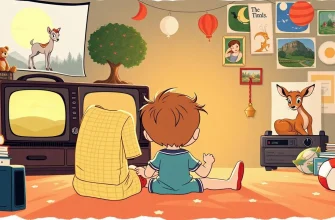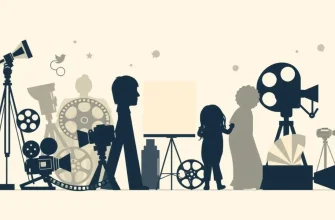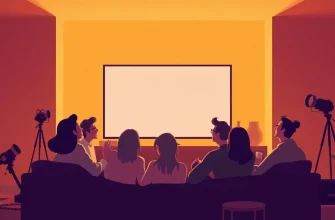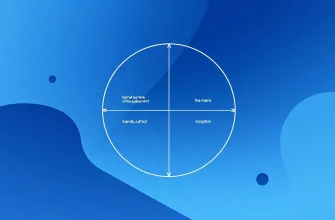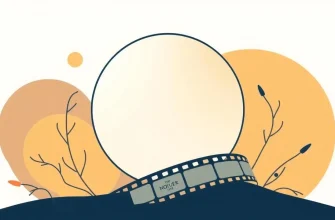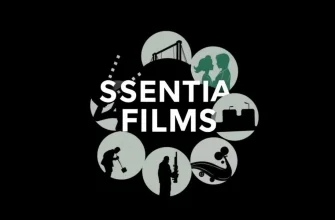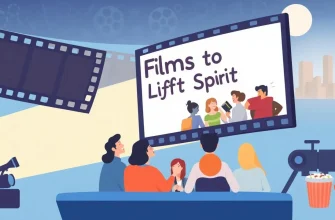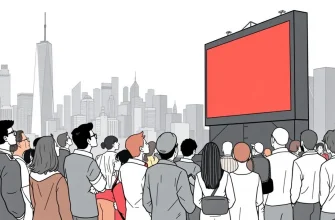In the world of cinema, visual spectacle often plays a crucial role in captivating audiences. This curated list of the top 10 spectacular films showcases movies that not only tell compelling stories but also push the boundaries of visual effects, cinematography, and production design. These films are not just about what you see on screen; they are about how you see it, making them a must-watch for anyone who appreciates the art of filmmaking.

The Lord of the Rings: The Fellowship of the Ring (2001)
Description: Peter Jackson's adaptation of J.R.R. Tolkien's epic, which introduced audiences to Middle-earth with its breathtaking landscapes, intricate set designs, and pioneering visual effects.
Fact: The film was shot in New Zealand, with many locations becoming tourist attractions due to their association with the movie.
 Watch Now
Watch Now
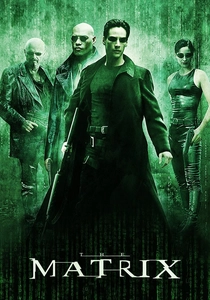
The Matrix (1999)
Description: This groundbreaking film introduced audiences to "bullet time" photography, a visual effect that slowed down time while the camera moved around the subject, revolutionizing action sequences.
Fact: The Wachowskis developed the concept of "bullet time" after seeing a similar effect in a Japanese anime.
 Watch Now
Watch Now
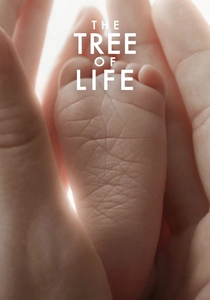
The Tree of Life (2011)
Description: Terrence Malick's philosophical exploration of life, death, and the universe, featuring stunning visuals of the cosmos, nature, and the passage of time.
Fact: The film includes a sequence depicting the creation of the universe, which was inspired by scientific visualizations and theories.
 Watch Now
Watch Now
Avatar (2009)
Description: James Cameron's epic sci-fi adventure set on the lush alien world of Pandora, where human technology meets breathtaking natural beauty. The film's use of 3D technology and CGI has set new standards in visual effects.
Fact: Avatar was the first film ever to be released in 3D worldwide. It also holds the record for the highest-grossing film of all time.
 Watch Now
Watch Now

Interstellar (2014)
Description: Christopher Nolan's space odyssey, featuring scientifically accurate depictions of black holes and wormholes, combined with stunning visuals of space travel and time dilation.
Fact: The film's depiction of a black hole was based on real scientific data, with Kip Thorne, a Nobel Prize-winning physicist, serving as a consultant.
 Watch Now
Watch Now
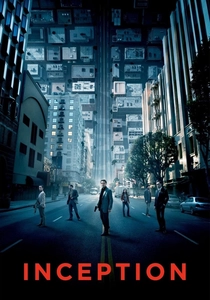
Inception (2010)
Description: Christopher Nolan's mind-bending exploration of dreams within dreams, featuring stunning visual effects that manipulate reality and perception, making it a visual feast for the eyes.
Fact: The film's dream sequences were inspired by the works of surrealist artists like Salvador Dalí and René Magritte.
 Watch Now
Watch Now
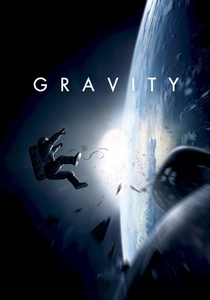
Gravity (2013)
Description: Alfonso Cuarón's space thriller, where the vast emptiness of space is both a character and a canvas for stunning visual effects, showcasing the beauty and terror of zero gravity.
Fact: The film was shot in a custom-built light box to simulate the lighting conditions in space, and Sandra Bullock was actually suspended in a harness for most of her scenes.
 Watch Now
Watch Now

The Revenant (2015)
Description: Alejandro González Iñárritu's survival drama, known for its naturalistic cinematography and the use of long, continuous shots that immerse viewers in the harsh wilderness.
Fact: The film was shot in sequence to capture the natural progression of the environment and the actors' physical conditions.
 Watch Now
Watch Now
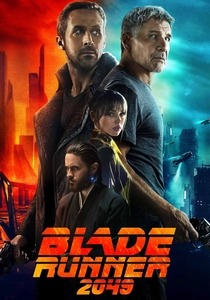
Blade Runner 2049 (2017)
Description: Denis Villeneuve's sequel to the iconic Blade Runner, expanding on the original's visual style with even more advanced CGI, creating a dystopian future that feels both alien and familiar.
Fact: The film used a combination of practical effects and CGI, with many sets built to scale to give actors a real environment to interact with.
 Watch Now
Watch Now
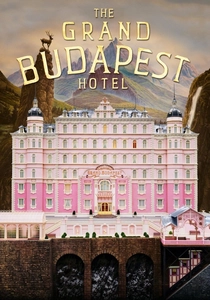
The Grand Budapest Hotel (2014)
Description: Wes Anderson's whimsical masterpiece, known for its meticulous set design, vibrant color palette, and symmetrical compositions, creating a visually distinctive world.
Fact: The film's sets were so detailed that they were preserved as a tourist attraction in Görlitz, Germany.
 Watch Now
Watch Now


